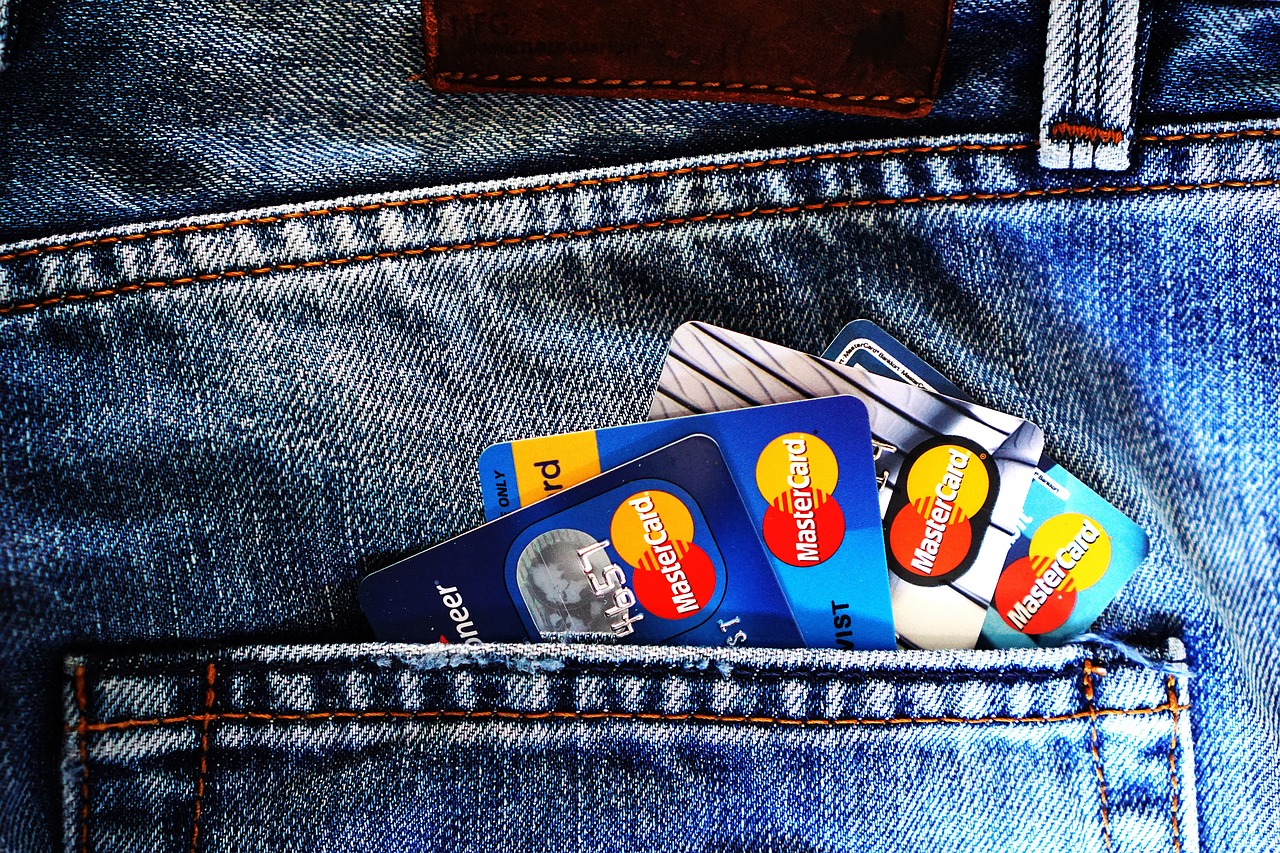
Credit card debt can quickly escalate, becoming a significant burden for many. The allure of instant gratification, combined with the convenience of plastic money, often leads to spending habits that outpace one’s means. However, managing and eventually eliminating credit card debt is within reach with the right strategies and discipline. This article is designed to guide you through the process of taking control of your finances. By implementing these practical and straightforward tips, you can pave the way to a more secure financial future, reducing stress and increasing your financial freedom.
Table of Contents
1. Assess Your Debt
Start by taking an honest look at all your credit card debts. Compile a list detailing each card’s balance, interest rate, and minimum monthly payment. This will give you a clear picture of what you’re dealing with and help prioritize which debts to tackle first.
Next, consider using a debt-tracking app or spreadsheet to monitor your progress. Seeing the numbers dwindle over time can provide a motivational boost and keep you committed to your debt reduction plan. You can learn about how to refinance credit card debt in this guide or do some research to find the best way to consolidate your debt and possibly reduce interest rates. It’s essential to understand the terms and conditions of any debt consolidation options before committing.
2. Build a Budget
Creating a realistic budget is essential for managing your finances. Factor in your income, and essential expenses, and allocate a portion of the surplus towards paying off your credit card debt. Be as meticulous as possible to avoid any unnecessary spending.
Periodically review and adjust your budget to reflect any changes in your financial situation. This flexibility can help you stay on track toward achieving your debt-free goal, even when unexpected expenses arise.
3. Opt for a Balance Transfer
Consider transferring high-interest credit card balances to a card with a lower interest rate. Many cards offer introductory periods with zero or minimal interest rates, which can significantly reduce the amount of interest accruing on your debt.
However, be aware of any transfer fees, and make sure to read the fine print. Also, have a plan in place to pay off the balance before the promotional period ends, to maximize the benefits of a balance transfer.
4. Adopt the Snowball Method
The snowball method involves paying off your debts from smallest to largest. Start by putting as much as possible toward the smallest debt while maintaining minimum payments on the others. Once the smallest debt is paid off, move on to the next smallest, and so on.
This method not only helps reduce the number of debts more quickly but also provides psychological wins that encourage you to keep going. It’s a strategy that turns the overwhelming task of debt repayment into manageable, bite-sized pieces.
5. Increase Your Income
Increasing your income can accelerate the process of paying off credit card debt. Look for opportunities to earn extra money, such as taking on freelance work, selling items you no longer need, or even asking for a raise at your current job.
Putting any extra income directly towards your debt can make a significant difference in how quickly you become debt-free. Remember, the more you can pay above the minimum monthly payment, the faster you’ll see progress. When combined with budgeting, increasing your income can have a powerful impact on reducing your debt.
6. Cut Unnecessary Spending
Take a close look at your spending habits and identify areas where you can cut back. Small changes, like dining out less frequently, canceling unused subscriptions, or opting for more affordable entertainment options, can free up additional funds to pay down your debt.
Also, consider adopting a more minimalist approach to your finances. By focusing on what you truly need and value, you can avoid future debt and live a more financially secure life. When you do make purchases, always use cash or a debit card to avoid adding more debt to your credit cards. It’s also a good idea to leave your credit cards at home to resist temptation. This way, you can gradually pay off your debt without adding to it.

Managing and reducing credit card debt takes patience and discipline but is well worth the effort. By assessing your debt, building a budget, using balance transfers, adopting the snowball method, increasing your income, and cutting unnecessary spending, you can conquer your credit card debt and pave the way to a more financially stable future. With determination and these practical tips, you can become a cash conqueror and achieve your financial goals. Moreover, by implementing these strategies, you can develop healthy financial habits that will serve you well beyond the journey to becoming debt-free. Remember, every step towards a financially secure future is a step in the right direction.


